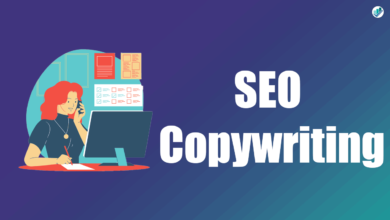SEO stands for Search Engine Optimization mean optimizing the content for the search engines. But this definition is not enough for this hour, you’ve to optimize content for the readers of your website as well. This article will explain how we can create a quality content and gain organic traffic for your website.

How to Optimize an Article for the Search Engines?
Optimization makes a content more relevant and up to mark. You don’t have to write much but you’ve to provide valuable content as much as possible. There are so many online tools that suggest that your content length should be 1000 words or more. But there is nothing with content length, its with information. I’m not saying that you’ve to limit your words, its about explaining yourself. No matters it is in 400 or 4000 words.
- Choose the keywords for which you want to rank.
- Use Heading and Subheading and try to implement keywords in it.
- Use keywords and synonyms of it in the article.
- Optimize your image with an alt tag.
- Link your article to previous related articles if available.
- Proper use of external links.
You can optimize an article in many ways. But here, we’re suggesting some critical points for SEO-friendly articles or content.
How to Select Keyword for Your Business?
You can search for keywords used by Google for similar pages as yours. You can use the following methods to do so
- Search key term of your page, and Google suggests you by saying, “did you mean” and similar keywords can be found at the end of search results.
- Use https://trends.google.com
- Use the Google AdWords keywords tool. This tool will also help you in increasing CPC and revenue.
Use of Heading and Subheadings
You’ve to use a heading that defines your article correctly and add keywords. This is an essential and crucial part of the content structure. Understand how you can use headings, subheadings, and minor headings.
When you structure your article according to headings and subheadings, a crawler can understand what it is reading.
Optimize your image
The image used in the article must be of high quality, light in size, and a proper fit for the article. Image dimensions should be 1280x720px, and the size should be very small. Understand this with an example
- Suppose your website uses an image with a low resolution of 620x320px, then there will be a lack of information, and it will not be user-friendly.
- The article contains a high-quality post of 3000x2000px, and the size of the image is 1MB; in such case, for a slow network user, it will take a lot of time to load, and the user will close the website.
- Now image resolution is 1280x720px, and the image size is 30kb, which loadsd faster and contains all image information.
Google punishes a webpage that loads slowly for search engine ranking. So consider making a page that loads faster; images are an essential part of that.
In img tag, you must use the alt tag for that image, usually the article’s title, but it may vary as the content demands.
Additional image settings: serve the image in a next-gen format like webp format. You can use some plugins in WordPress. In Blogger, you must serve small-size high-quality images.
Write High-Quality Content
You must write high-quality content, and don’t try to copy-paste any article already available on the internet. You should keep these things in your mind while creating the content.
- Research and write a genuine article or quality content.
- Use your keywords in the content and also synonyms of it that will be more helpful for the search engine to rank it(your article).
- Focus on easy and understandable language to use in your content so that users can understand and stick with your article for a longer time.
- You can also write in your local language, which is appreciatable by search engines, especially Google Search Engine.
What is SEO and How it works – Boost Performance
Interlink and External Links
Internal links: try to content other articles with current articles forming a 🕸 web. When you make internal linking of the content, then this will be more helpful for the visiting user to find all information that matters to s/he reading. This will help you in writing an SEO-friendly Article.
External Links: It is believed that if you’re providing any external link in the article, you should add rel="nofollow". But as per the latest update released by Google, you are only guiding to Google that this link to follow this to not, and it’s completely on google that it should nofollow or follow that link. You can refer to this article Evolving “nofollow” – new ways to identify the nature of links. So in simple words
- You can use nofollow on less trustful website
- Use follow to trustful websites
When you write an article, and there is some referral to the content, then use rel-tag <a href="#link" target="_blank" rel="noopener noreferrer">Link Text value</a> So that link juice and google recommendations keep in the article as per SEO needs. Read more about external link SEO.
These are the few simple methods that can be practiced while writing an SEO-friendly Article. We update this article with time according to google and other search engine recommendation. I hope you like this article. Appreciate us by commenting below and by sharing this article.



